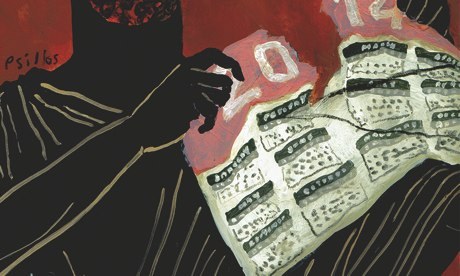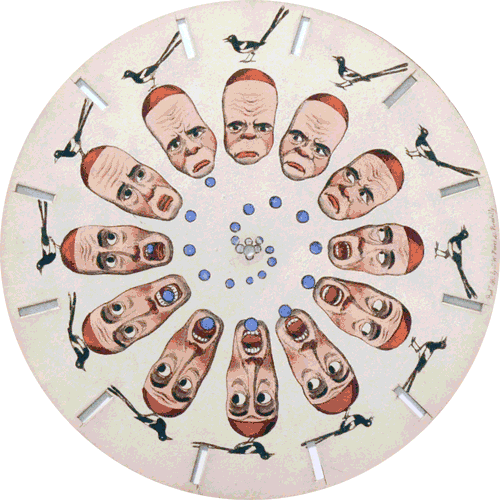[audio http://tempblogfood.files.wordpress.com/2013/12/tumblr_lxb1uvnmyj1qz6f4bo1.mp3]
austinkleon:
Kenneth Koch reading “You Want A Social Life With Friends“ (2000)
This was recorded by Amy Krouse Rosenthal, author of Encyclopedia of an Ordinary Life. Here’s what she has to say about it:
One of my favorite poems appears in the book on page 144. It is called So You Want A Social Life With Friends, and it is by Kenneth Koch. In the fall of 2000, I had the privilege of recording Mr. Koch reading this poem in his Upper East Side apartment for an audio magazine project I was working on. I used a tiny Radio Shack tape recorder, and take full responsibility for the lack of high sound quality. (But I do admit I like the crackling and soundproof-lessness.) He was an impeccable, flawless reader—we were finished in two or three takes. Though he had been reluctant to agree to our session, once underway, he was a gracious, charismatic host. He had set up a nice tray with glasses of grapefruit juice. Fitting, because the whole thing was bittersweet. Mr. Koch died a year later. I believe this is one of his last recordings.
Amazing! One of my favorite poems, too.






